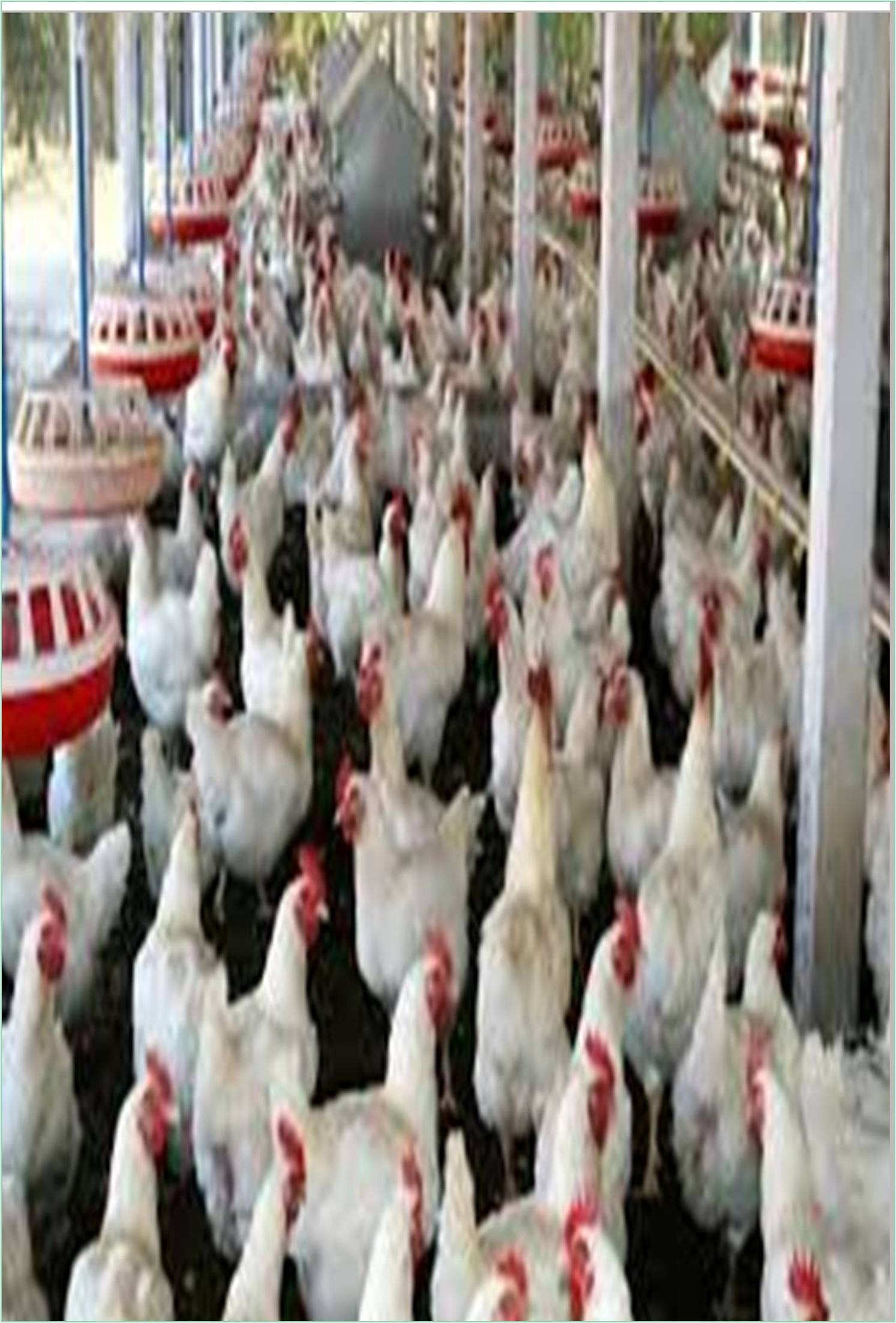



Received: 01-Dec-2022, Manuscript No. GJPFV-22-82978; Editor assigned: 05-Dec-2022, Pre QC No. GJPFV-22-82978 (PQ); Reviewed: 26-Dec-2022, QC No. GJPFV-22-82978; Revised: 02-Jan-2023, Manuscript No. GJPFV-22-82978 (R); Published: 09-Jan-2023, DOI: 10.15651/2449-1772.23.10.062
Concern over the spread of antibiotic resistance is widespread and affects both human and animal health. Between humans and animals that produce food, resistant microbes can spread. This study's goal was to determine the kind and quantity of antibiotics used in poultry production as well as the degree of antibiotic resistance found in Escherichia coli isolated from broilers. The United States, China, Brazil, and the EU nations of Poland, the United Kingdom, Germany, France, and Spain were among the major poultry-producing regions from which isolated data were gathered for national monitoring programmes and research projects (Ahmad et al., 2005). The survey's findings clearly demonstrate the lack of a coordinated strategy for tracking antibiotic use by animal species and evaluating resistance using the same technique. With the exception of France, there is no publicly available long-term quantitative data addressing the quantity of antibiotics used in chicken. Most regions have data on antibiotic-resistant E. coli, but because the detection of resistance and the number of isolates in each study vary by location, statistical analysis was not possible (Ahmad et al., 2006). In chicken, antibiotics are often given to the entire flock and utilized for growth promotion, disease treatment (therapy), and disease prevention (metaphylaxis). The use of antibiotic growth promoters was outlawed in the EU in 2006, the US in 2017, and is still legal in Brazil and China today. All major nations that produce considerable quantities of poultry allow the use of antibiotics to prevent disease. Intestinal infections such colibacillosis, necrotic enteritis, and other illnesses typically brought on by Salmonella, E. coli, or Clostridium are treated with antibiotics (Alleman et al., 1997).
These illnesses are a major worry for poultry and result in significant financial losses (United States Department of Agriculture, 2015). Based on the economics, degree of development, animal husbandry, and species of the respective country, Antibiotic resistance varies in type and scope. Depending on the stage of production and the danger of disease, different antibiotics are applied in different amounts (Almirall et al., 1997). There are various ways to monitor Antibiotic resistance in general, including following antibiotic sales, even though there are no long-term data available for specific animal species (with the exception of France), finding prescribed antibiotics per animal species, and finding Antibiotic resistance in farm animals. Since 1999, the French Agency for Veterinary Medicinal Products has kept a close watch on the distribution of active antibiotic compounds used in chicken farming. For use in poultry, 106 metric tons of active antibiotic compounds were sold in 2016. This figure reflects a 20% usage rate for all veterinary antibiotics and an average annual intake of 47 mg of active components per kilogram of chicken produced. Basically, polymyxins, penicillins, and tetracyclines were used in 2016 to treat chicken flocks before sulfonamides and trimethoprim were added (French Agency for Food Environmental and Occupational Health & Safety and French Agency for Veterinary Medicinal Products). In the majority of major nations that produce a lot of chicken, there are currently no quantitative monitoring statistics on AU in broilers. Only in the US are statistics on AU of medically relevant antibiotics by animal species available for 2016. However, because non-medically important antibiotics are not included, these data do not give a complete picture of AU in broilers (Awojobi et al., 2009). The use of antibiotics in chicken production in each of the nation’s taken into account in this report, however, may be indicated by the list of antibiotics that have been approved by regulatory bodies. Active antibiotic compounds that may be used in feed, water, or parenterally were examined in national listings of all pharmaceuticals that are permitted for use in poultry in the US, Brazil, China, Poland, United Kingdom, Germany, France, and Spain.
Ahmad T, Sarwar M, Mahr N (2005). Influence of varyingsources of dietary electrolytes on the performanceof broiler reared in a high temperature environment. Animal. Feed. Sci. and Technol. 20: 277-298. [Crossref] [Google Scholar]
Ahmad T, Sarwar M (2006). Dietary electrolytebalance: implications in heat stressed broiler.World’s Poult. Sci. J. 62: 638-653. [Crossref] [Google Scholar]
Alleman F, Leclercq B (1997). Effect of dietaryprotein and environmental temperature on growthperformance and water consumption of male broilerchickens. Br. Poult. Sci. 38: 607-610. [Crossref] [Google Scholar] [Pubmed]
Almirall M, Cos E, Esteve (1997). Effect of inclusion of sugar beet pulp,pelleting and season on laying hen performance. Br. Poult. Sci. 38: 530-536. [Crossref] [Google Scholar] [Pubmed]
Awojobi HA, Adekunmisi AA (2009). Performance of finisher broilers fedwet mash with or without drinking water during wetseason in the tropics. Int. J. Poult. Sci. 8: 592-594. [Crossref] [Google Scholar]